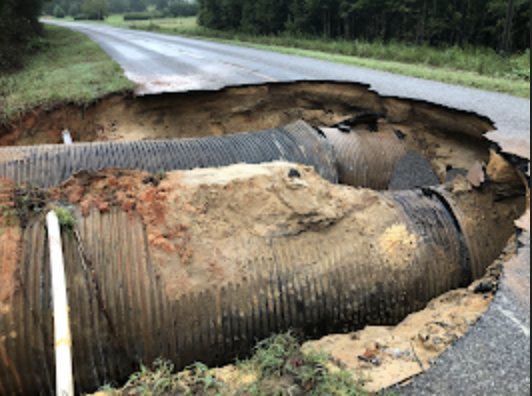Stars and Stripes not always revered
Published 12:00 am Tuesday, June 29, 2004
Most Americans today cherish one of the most prominent symbols of patriotism – &uot;Old Glory&uot;, our national flag. We are sure to see it displayed in many homes and businesses and at celebratory events this Fourth of July weekend.
However, as author and debunker of historical myths, Richard Shenkman, points out in his book &uot;I Love Paul Revere, Whether He Rode or Not&uot;, our ancestors did not always prize the flag as an American symbol.
Early congressional debates indicate our founding fathers were mainly concerned with the needs of the navy. A flag, after all, was required for identification when sailing into foreign ports.
A very brief bill was passed on June 14, 1777, simply stating, &uot;… that the flag of the United States shall be thirteen stripes, alternate red and white; that the union be thirteen stars, white in a blue field, representing a new constellation.&uot;
This description was wide open to interpretation by early flag makers, it seems. Some stars had five points; others had six. Some stars were white and others were silver.
Because Congress never specified whether the stars should be sewn in a circle or in rows, flag makers stitched them both ways. On the eve of the Civil War it became fashionable to put them in an oval. Even though the number of stripes was specified by law, that feature varied by whim, too.
Even top government officials weren’t all that sure about our flag’s appearance.
In 1778, Benjamin Franklin and John Adams, in a joint letter to the king of Naples, said the flag consisted &uot;of thirteen stripes, alternately red, white and blue.&uot;
Don’t think too harshly of our founding fathers. Americans didn’t get many chances to see the flag in our nation’s early days. You didn’t see it displayed in schools or businesses; it wasn’t reproduced in the newspapers and contemporary artists didn’t paint it.
But wait a minute—what about all those paintings of the Revolutionary War like &uot;The Spirit of ’76&uot; that prominently featured Old Glory?
It seems those paintings all dated from the 19th century, when artists discovered pictures featuring flags had a strong appeal for the buying public.
In truth, no American flags flew at Yorktown, Bunker Hill or any other Revolutionary War battle. The Mexican-American War was actually the first war where American soldiers fought under the Stars and Stripes. The flag wouldn’t be adopted by the Marines until 1876. The U.S. Calvary adopted it even later, in 1887.
Though most of us have grown up with the pledge as a routine part of our school day mornings, Americans did not begin pledging allegiance to the flag until 1892 (schools were not even required to fly the flag until 1890).
Flag Day was not officially observed in the U.S. until 1916. The flag code, which illustrates the proper way to care for and dispose of the flag, was not approved by Congress until 1942 – and didn’t become a part of federal law until 1976, the year of the Bicentennial.
While Americans may have gotten off to a slow start in terms of flag rituals, the practice is now part and parcel of a patriotic stance for most citizens.
And in case you were wondering about famed colonial seamstress Betsy Ross – sorry, she didn’t actually sew the very first flag. (Her imaginative grandson created the story after the fact.)
Three cheers for the red, white and blue!
To learn more about intriguing U.S. historical facts and fallacies, look for Shenkman’s book on amazon.com.


